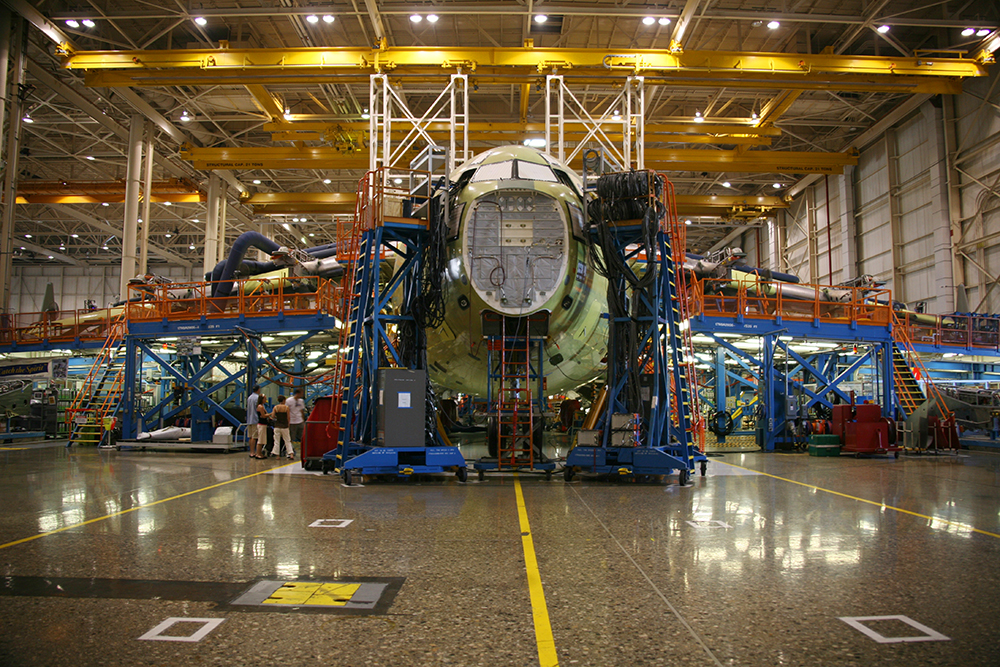As new technologies develop, an interconnected systems-level approach is needed to better integrate standards into engineering workflows.

In the aerospace industry, the demand for change has primarily been driven by corporate mandates for optimizing operational efficiencies.
When Boeing, in partnership with Saab, developed the T-7 Red Hawk trainer aircraft, they employed a “digital thread” to design, test and build the hardware and software systems. A “digital thread” is a framework enabling communication and collaboration among all the participants in an aircraft’s development, from design through maintenance.
This process, according to the companies, produced a 75 percent increase in first-time engineering quality, allowed an 80 percent reduction in assembly hours and led to a 50 percent reduction in time spent on software development and verification. Outcomes like this are being recognized by companies and procurement agencies eager to implement strategies to optimize operational efficiencies, support product development and manage costs.
Development and production of modern aircraft, like the T-7, would be impossible without accessible, up-to-date engineering standards. Over the years as technology advances, the distribution of these standards has evolved from print to PDF to EPUB formats. But in today’s increasingly digital environment, these forms are proving inadequate for easy consumption by electronic endpoints that aim to integrate standards within the complete product lifecycle.
SAE International is a standards development organization (SDO) working with the aerospace industry to develop standards tools with highly integrated usage. Given the rich content of standards, the number of them in use, plus their diverse document structures, formats and purposes, SAE maintains that a single format approach will not support their use in the digital era. A digital standards system with a multi-faceted approach is required.
The format of standards evolved from print distribution to using Extensible Markup Language (XML) in document production. XML uses a set of “tags” to structure a document so it can be read by a machine and any changes in it can be tracked. A structured, machine-readable format coupled with a content management system means greater functionality when published on a digital distribution platform, such as the SAE Mobilus® technical platform. A strong digital standards system will also support many input types, of which XML is only one, and allow for standards development within the system.
The implementation of a digital standards system that is highly integrated with multiple engineering applications must be driven by several considerations, including the following:
As a result of the successes of digital thread strategies in optimizing efficiencies, companies have increased their focus on identifying productivity gains throughout a product’s lifecycle. Industry standards are critical to all facets of the aerospace industry and the development of a digital standards system will allow them to be efficiently communicated, updated, revised and tracked.
To support these initiatives, the formatting of standards must evolve. Independent SDOs are working on optimal ways to format standards and allow their intelligent use throughout the entire value chain. SAE International, a pioneer in standards technology, recommends a multi-faceted approach to a digital standards system supporting highly-integrated standards usage.

Audra Ziegenfuss
Audra Ziegenfuss is the Director of New Product Development & Portfolio Management at SAE International. She recently published a whitepaper titled “Digital Standards Systems—An Integrated Approach to Engineering Standards Usage.”
In this episode, I sat down with Beejan Giga, Director | Partner and Caleb Emerson, Senior Results Manager at Carpedia International. We discussed the insights behind their recent Industry Today article, “Thinking Three Moves Ahead” and together we explored how manufacturers can plan more strategically, align with their suppliers, and build the operational discipline needed to support intentional, sustainable growth. It was a conversation packed with practical perspectives on navigating a fast-changing industry landscape.